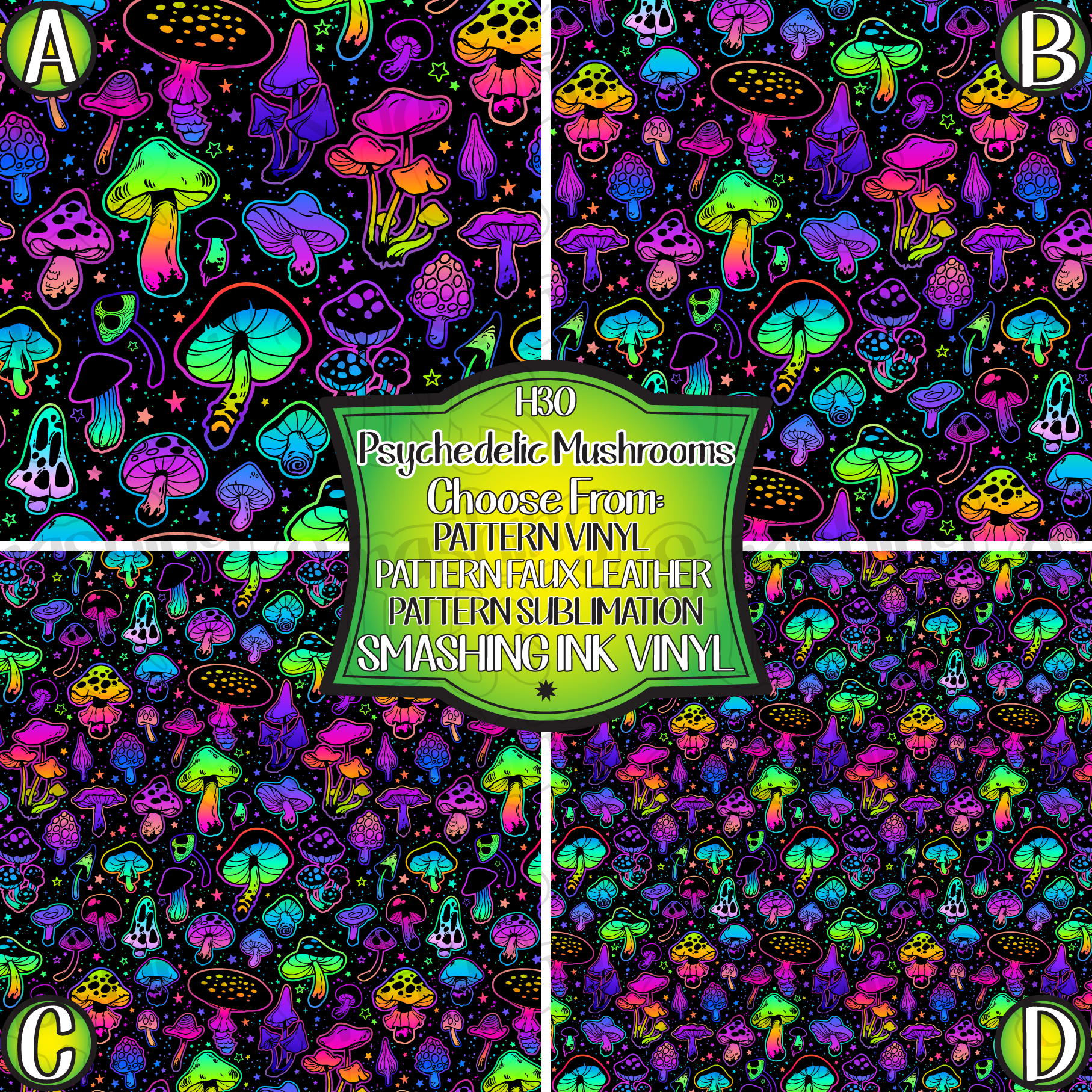Explore the Unique Features About Golden Psycho and Its Story.
Explore the Unique Features About Golden Psycho and Its Story.
Blog Article
All About Psychotomimetic Substances: Their Duty in Psychological Research
Psychotomimetic substances, such as LSD and psilocybin, have actually garnered boosting interest in mental study for their ability to duplicate psychotic signs and symptoms and provide insight right into various mental wellness problems. Their interactions within the brain, specifically via serotonin and dopamine pathways, suggest a complicated partnership between consciousness and neurobiology that may open unique therapeutic avenues. As researchers remain to investigate their prospective applications, honest factors to consider bordering their use in medical settings end up being extremely important, elevating crucial inquiries concerning safety and security and educated consent that require additional exploration.
Meaning of Psychotomimetic Compounds
In the realm of mental research study, psychotomimetic substances are compounds that can generate results appearing like those of psychosis, such as hallucinations, deceptions, and transformed assumptions of reality - About Golden Psycho. These compounds can be classified into different categories, consisting of hallucinogens, dissociatives, and particular energizers, each creating unique psychological effects
The pharmacological activity of psychotomimetic substances usually entails inflection of natural chemical systems, especially those pertaining to serotonin, dopamine, and glutamate. Materials like lysergic acid diethylamide (LSD) primarily act on serotonin receptors, leading to extensive alterations in sensory assumption and cognition.
The energy of psychotomimetics in study lies in their ability to resemble psychotic signs and symptoms, providing a version for recognizing the underlying mechanisms of psychotic problems such as schizophrenia. By examining the effects of these substances, researchers can obtain understandings into the neurobiological and emotional processes that add to psychosis.
Moreover, psychotomimetic compounds have actually been checked out for their healing capacity in treating different psychological health and wellness conditions, consisting of anxiety and anxiety, highlighting their double role in both research study and potential professional applications.
Historical Growth and Context
The exploration of psychotomimetic substances has an abundant historical context that goes back to ancient worlds, where substances such as psilocybin mushrooms and peyote were used in spiritual and recovery practices. These very early uses commonly intertwined with religious routines, suggesting a profound respect for the altered states of consciousness generated by these compounds.
The mid-20th century marked a substantial juncture in the research of psychotomimetic substances, specifically with the synthesis of LSD by Albert Hofmann in 1938. The subsequent popularization of LSD in the 1960s catalyzed a wave of passion in both its psychological impacts and possible therapeutic applications. Researchers started to explore just how these substances might resemble psychotic states, providing insights into mental disorder.
However, the enhancing association of psychotomimetics with counterculture activities brought about regulatory backlash, culminating in the criminalization of a number of these substances. In spite of these obstacles, the rebirth of passion in the restorative possibility of psychedelics in the 21st century has actually prompted renewed research study. This historic trajectory emphasizes the developing assumption of psychotomimetic substances, transforming from sacred substances to subjects of clinical inquiry and, possibly, healing promise.
Mechanisms of Action
Understanding the mechanisms of activity of psychotomimetic substances discloses the detailed means these compounds communicate with the brain's neurochemistry. These compounds primarily apply their results with modulation of neurotransmitter systems, especially serotonin, dopamine, and glutamate. Lots of traditional psychedelics, such as psilocybin and LSD, mainly act as agonists at serotonin 5-HT2A receptors, leading to altered assumption and cognition. This communication not only impacts sensory processing but additionally improves emotional and reflective experiences.
Along with serotonin, dopaminergic pathways are considerably influenced by substances like mescaline and certain cannabinoids, which can bring about modified states of consciousness and adjustments in mood and inspiration. Additionally, the NMDA receptor enmity observed with compounds like ketamine highlights another path through which psychotomimetics might induce dissociative states and profound changes in believed procedures.
The neurochemical cascades started by these helpful hints interactions cause complicated and complex psychological impacts. Recognizing these mechanisms is vital for both the development of mental study and the healing potential of psychotomimetic compounds, as they supply understandings into the underlying neural correlates of modified states of awareness.
Current Research and Applications
Recent investigations right into psychotomimetic substances have actually disclosed a rebirth of interest in their therapeutic applications, particularly in the fields of psychiatry and psychology. Researchers have begun checking out compounds such as psilocybin, LSD, and ayahuasca for their prospective to ease signs and symptoms linked with numerous psychological wellness problems, consisting of anxiety, anxiety, and PTSD.
Scientific trials have shown that, when provided in regulated settings, these substances can assist in extensive emotional experiences, promoting emotional advancements and improved restorative outcomes. Researches have actually shown that psilocybin-assisted therapy can lead to significant reductions in treatment-resistant depression, with results lasting for numerous months post-treatment.
Additionally, psychotomimetic compounds are being evaluated for their capacity to promote neuroplasticity, potentially permitting even more effective rewiring of maladaptive idea patterns. These findings suggest that such compounds might function as adjuncts to typical psychotherapeutic techniques, enhancing the efficiency of restorative treatments.
As research study proceeds, the focus is moving towards comprehending the optimal does, address therapeutic setups, and participant features that can take full advantage of the advantages of these compounds. This burgeoning field holds promise for reinventing mental health and wellness treatment paradigms and resolving the restrictions of standard psychiatric medicines.
Moral Considerations in Study

Navigating the moral landscape of research including psychotomimetic substances is vital to guaranteeing individual safety and the stability of study results. Scientists must focus on enlightened permission, making sure that participants completely recognize the potential dangers and advantages connected with the compounds being researched. This includes offering thorough information concerning feasible psychological impacts, including acute and long-lasting influences, and allowing participants the opportunity to take out from the study at any type of time scot-free.
IRBs examine research study protocols to protect participant welfare and copyright ethical standards. In addition, the potential for coercion have to be meticulously analyzed, particularly when prone populations are involved.
Confidentiality is an additional extremely important factor to consider. Researchers should implement durable actions to secure individuals' identities and data, specifically provided the sensitive look at this website nature of experiences connected with psychotomimetic substances (About Golden Psycho). Eventually, a commitment to moral methods not just promotes trust fund between scientists and individuals however likewise boosts the integrity and credibility of the research study results, adding to the improvement of psychological expertise

Final Thought
To conclude, psychotomimetic substances, especially timeless psychedelics such as LSD and psilocybin, deal considerable understandings right into mental conditions through their unique devices of action. Their therapeutic possibility in dealing with conditions like anxiousness and PTSD highlights the importance of ongoing research in this area. Guaranteeing moral standards in study practices is vital for individual security and educated consent, permitting for a responsible exploration of these substances' advantages and implications within mental scientific research.
Report this page